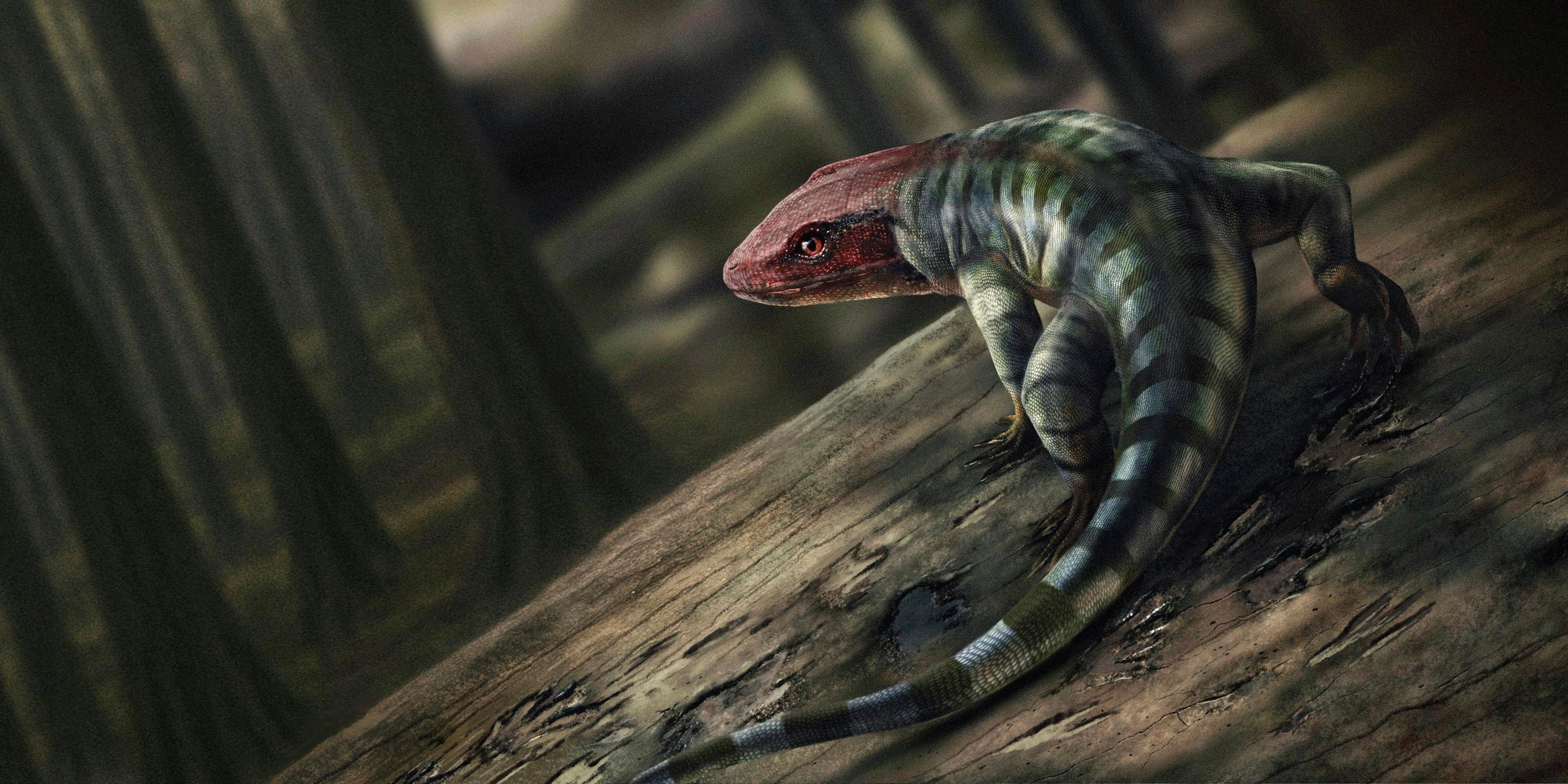ARTICLE AD BOX
Scientists in Australia have unearthed the oldest known fossil footprints of a reptile-like creature, pushing back the timeline of terrestrial life by millions of years.
The prints, dating back approximately 350 million years, suggest animals transitioned from aquatic to fully terrestrial life far more rapidly than previously believed.
This discovery surpasses the prior record held by footprints found in Canada, dated to 318 million years ago.
The finding challenges existing theories about the evolutionary journey from fin to limb. "We had thought the transition from fin to limb took much longer," commented California State University paleontologist Stuart Sumida, who was not involved in the study.
The emergence of the first land-dwelling animals is estimated to have occurred around 400 million years ago. This new evidence significantly shortens the assumed timeframe for the development of fully terrestrial locomotion in vertebrates.

The ancient footprints from Australia were found on a slab of sandstone recovered near Melbourne and show reptile-like feet with long toes and hooked claws.
Scientists estimate the animal was about 2 1/2 feet (80 centimeters) long and may have resembled a modern monitor lizard. The findings were published Wednesday in Nature.
The hooked claws are a crucial identification clue, said study co-author and paleontologist Per Ahlberg at Uppsala University in Sweden.
“It’s a walking animal,” he said.
Only animals that evolved to live solely on land ever developed claws. The earliest vertebrates -- fish and amphibians – never developed hard nails and remained dependent on watery environments to lay eggs and reproduce.
But the branch of the evolutionary tree that led to modern reptiles, birds and mammals – known as amniotes – developed feet with nails or claws fit for walking on hard ground.
“This is the earliest evidence we’ve ever seen of an animal with claws,” said Sumida.
At the time the ancient reptile lived, the region was hot and steamy and vast forests began to cover the planet. Australia was part of the supercontinent Gondwana.
The fossil footprints record a series of events in one day, Ahlberg said. One reptile scampered across the ground before a light rain fell. Some raindrop dimples partially obscured its trackways. Then two more reptiles ran by in the opposite direction before the ground hardened and was covered in sediment.
Fossil “trackways are beautiful because they tell you how something lived, not just what something looked like,” said co-author John Long, a paleontologist at Flinders University in Australia.









 English (US) ·
English (US) ·